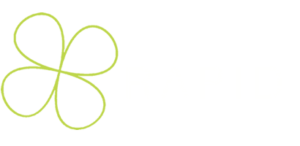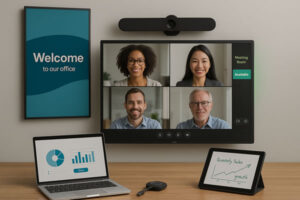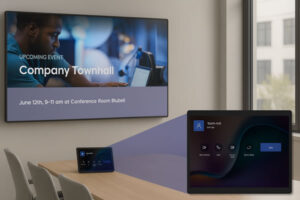As workplaces and learning environments continue to evolve, so too must the tools we use to communicate, collaborate and educate on a daily basis. While traditional tools such as whiteboards, flip charts and static projectors have long been staples in classrooms and offices, interactive displays are the new standard. But how do you decide which is right for your organisation?
In this blog post, we compare interactive displays with traditional tools to help you make an informed, future-ready choice.
The Limitations of Traditional Tools
There’s a certain familiarity and simplicity to traditional tools. Whiteboards and flip charts are easy to use, require no training or setup and allow for spontaneous idea sharing. However, they come with key limitations:
- Limited engagement: Passive participation can be a barrier to effective learning or decision-making.
- No digital integration: Content can’t be easily saved or shared without taking photos or making manual notes.
- Inflexibility in hybrid settings: Remote team members or learners can’t easily follow what’s happening in the room.
- Wear and tear: Markers run dry, flip charts run out of pages, and projector bulbs deteriorate, all adding to long-term maintenance costs.

The Advantages of Interactive Displays
Modern interactive displays, like the Clevertouch UX Pro Edge and the SMART Board MX Pro, offer a wide array of features designed to enhance productivity and collaboration:
Greater Engagement
Touch functionality, integrated annotation tools and multi-user interaction drive more active participation. Learners or colleagues can contribute in real-time, making sessions more dynamic and inclusive.
Integrated Digital Tools
Built-in whiteboarding, screen mirroring, internet browsing and video playback eliminate the need for multiple devices. Everything you need is in one place, accessible with a tap or swipe.
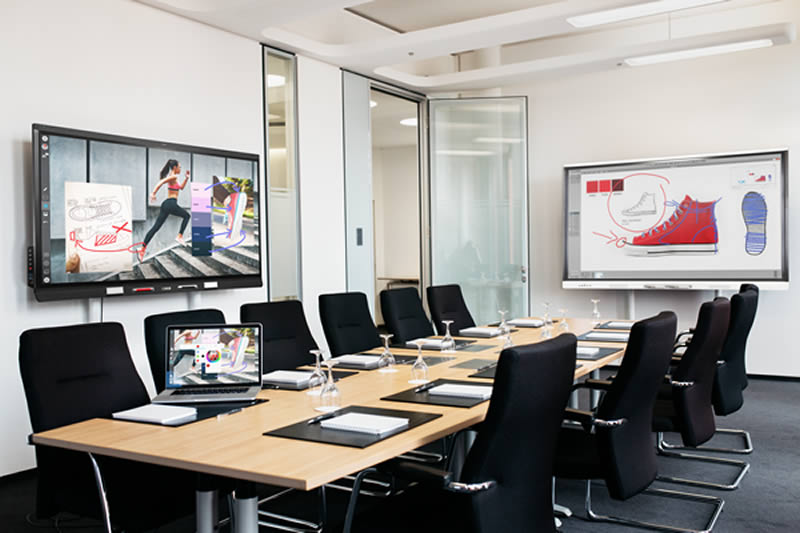
Cloud Connectivity
Save your notes, presentations or annotations directly to the cloud. Users can pick up right where they left off, collaborate from different locations and access materials after the session ends.
Designed for Hybrid Work
Most interactive displays support remote collaboration tools like Zoom, Microsoft Teams and screen sharing apps — ideal for hybrid or remote teams.
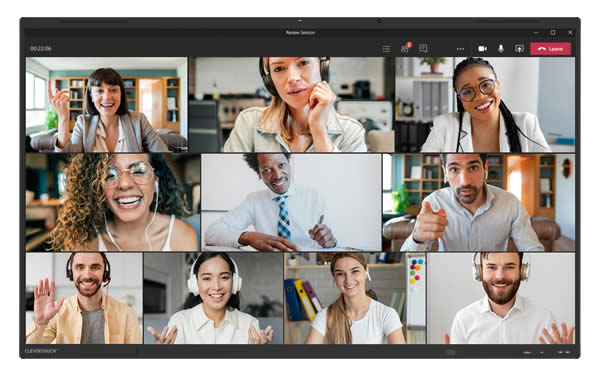
Long-Term Cost Efficiency
Though the upfront investment may be higher, interactive displays reduce the need for consumables, repairs and separate devices, offering long-term savings and a better ROI.
When Might Traditional Tools Still Be Useful?
In some informal or low-tech settings, traditional tools may still be practical — for example, in a temporary space or a small meeting where quick brainstorming is the priority. However, for any organisation looking to scale, future-proof, or improve collaboration, the benefits of interactive technology are clear.
Making the Right Choice for Your Organisation
Ultimately, the decision should align with your organisation’s goals. If you’re aiming to enhance collaboration, streamline operations, or create a tech-enabled learning environment, interactive displays are a smart, scalable investment.
Need help choosing the right display for your space? Our expert AV team can guide you from consultation to installation. Speak to us today!
